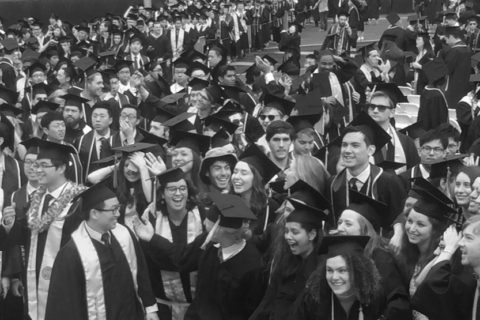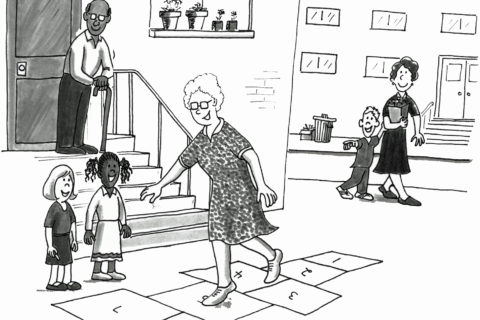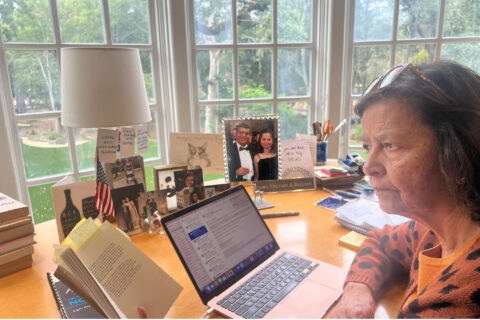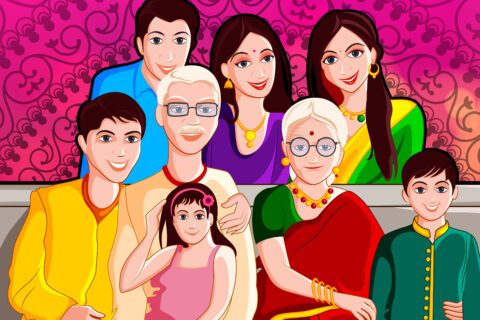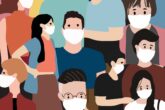
Presently getting the virus is associated with ventilators, consequent hospitalizations, and deaths. We all want to know the real chances of our getting the COVID-19 virus and dying from it. We also face why and for how long to keep the shelter-in-place when it means loss of income for millions of Americans — especially for those who can ill afford it.
After an initial four weeks lockdown does it still make sense to relax it quickly?
The issue of whether we will get the virus is about understanding numbers better. The total deaths are irrelevant but deaths per 100 populations — the percentage— are meaningful. We know accurately both the total population and total deaths. Right now the number of deaths for every 100 people is estimated between 0.4 to 10. This means in our country of 330 million, 130K to 3.3 million people could die, or more, if nothing was done to contain the disease.
With heightened awareness and lockdown in place, the deaths will be much lower, and that is why Dr. Fauci has reduced his new estimate to 60K deaths.
On the other hand lack of testing makes it hard to know what percentage of people infected
These numbers are being arrived at by looking at historic percentage deaths in other countries and now includes different parts of the US. The difficulty with assessing this is that the historic data is too small to draw reliable conclusions from. If we knew of only 10 people who got the virus and one died, it is hardly a predictor of how many Americans will die from the disease. There could be special circumstances leading to death.
Similarly what percentage of the population will contract the diseases without social distancing is dependent on living in close proximity, lack of hygiene or medical attention. Then we also need to look at the percentage of the population in the at-risk category — seventy and older and immunocompromised people.
For comparisons to make sense we need a large amount of data and account for other variables across different countries. For more accurate estimations we need data on millions of people over a longer period of time when special circumstances do not skew the numbers.
Policymakers when giving consideration to relaxing lockdown, are more accurately trying to estimate how many working people in the age group 16-55 will get it, as shelter in place is relaxed. It will revive the economy, but with increased risk of spreading the disease and face higher death rates.
We hear of epidemiologists’ models used for predicting the number of infections. They take into consideration historic data, living conditions, and extent of lockdown to predict a number R0 (R knot). R0 is the number of people that will get infected by every newly infected person. R0 is between R0 is between 2 -7 for COVID-19. R0 also depends on for how long one is exposed to the virus. That is why the models and predictions change.
COVID-19 spreads more than flu because there is no vaccine for it yet, and also because in the first few days patients may show no symptoms while being contagious — unknowingly mixing and spreading the virus.
Early lockdown seemed a very reasonable approach, till we could understand the science and math behind how the new virus acts and spreads and we develop cures and the vaccine.
Initially, the availability of test kits, hospital beds and health supplies were in serious shortage to handle the influx of new patients. We have since caught up with the demand and reduced the spread through social distancing. It is now time to relax the lockdown, I would argue.
Lifting shelter in place is not only good for reviving the economy but also to develop more immunity in the healthy population through a slow spread. Scientists believe 70% of the population needs to be immune through spreading and the vaccination, when a state of ‘herd immunity’ can be achieved — when those not-immune virtually do not get it.
Getting people to work and start making a living, industries and institutions have to start opening up. An office cleaner will not have a job unless people are coming to the offices. Parents cannot work, unless small kids are in schools. There is a chain effect. Denmark is beginning to open up schools first.
As a society we should also ask why is it ok for some to go to work while not for others. We still want our statisticians, epidemiologist, healthcare workers, drug discovery people to go to work to protect us from the disease. We want people producing food and bring modern conveniences to our homes such as water, electricity, phones, internet and gas, also working.
People in the government making policies, keeping the country safe, and figuring out how to provide food and shelter and dispense the stimulus package to Americans, are in their offices. Many of us are working from homes yet others without work are suffering.
A compromise must be struck between the spread of the disease and the economic impact.
We let people drive to work — 75% people use driving to commute to work. Yet, auto accidents kill 34K people per year (0.1%) in the US. The numbers have to be put in perspective.
How can we start relaxing the shelter in place in a prudent way?.
Nursing and retirement homes should be given extra help with isolation and resources with iPads and Zoom account for them to stay connected with their families. Others of means in that at-risk bracket can take care of themselves.
Social isolation for seniors comes with a penalty of getting further away from the social landscape of life. I heard once a physician state “the world of elderly dies before they do”.
In the end, staying in fear and defensive posture is not good for the old or the young. It cannot become embedded in our national psyche. Facing the problem with action as opposed to inaction will dispel fear and uplift the mood of the country. Historically mankind has come out of much worse epidemics, and come out stronger.
